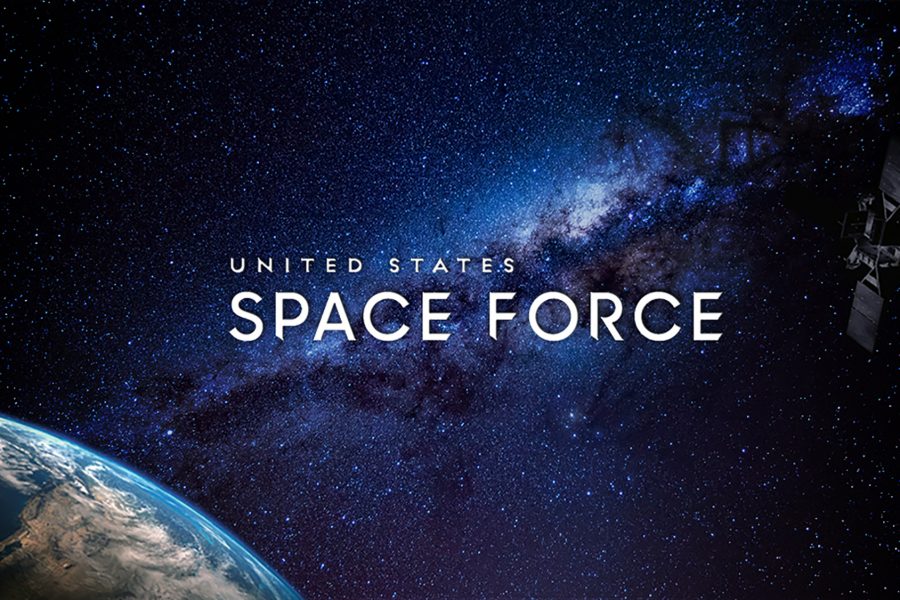The Space Force is nearing an agreement with the Army and Navy about which of their technologies and organizations will transfer into the new space service, a top Space Force official said Aug. 20.
It’s a critical decision that could make or break how well the Space Force can manage the military’s space-based communication, missile warning, surveillance, and more. The service was created as part of a Pentagon-wide push to streamline and better wield space policies and capabilities.
“Early this year, we began the process with the Office of the Secretary of Defense, with leaders in the Army and the Navy, to go through a deliberate process of identifying … space-related organizations and activities in those services, in OSD,” Space Force Vice Commander Lt. Gen. David D. Thompson said during an online National Defense Industrial Association conference. “To the 90th percentile, we have agreed on most of those transfers and most of those capabilities.”
Those Soldiers, Sailors, and Marines that manage space assets like satellites, ground control systems, and radars will join the Space Force’s Space Systems Command. The new command will oversee development, purchase, maintenance, and upgrades of space hardware and software.
The military has a few more details to work out about a couple of units, Thompson said. Service leadership will discuss those last transfer decisions in a meeting with OSD later this month.
“Expectation is that we will come to agreement in the next few weeks and then begin to work on the details to transfer those in the next fiscal year,” Thompson said.
The Space Force will start formally transferring in personnel from the other services in the next two years as well.
Thompson added that the Department of the Air Force has approved the move of nearly all of the 23 USAF organizations that were tapped to join the Space Force.
“Two of those elements, two intelligence squadrons associated with the National Air and Space Intelligence Center, require more complex coordination throughout the Intelligence Community. It wasn’t just a matter of the Air Force itself taking action,” Thompson said. “We’re in the final stages of coordinating exactly what that transfer of function and responsibility look [like] for those last two organizations.”
The rest of the 23 units encompass other intelligence, test, and training squadrons, parts of the Air Force Research Laboratory, and several more space-related missions.
